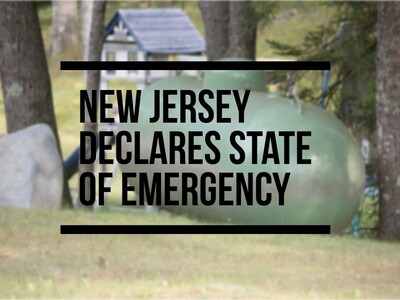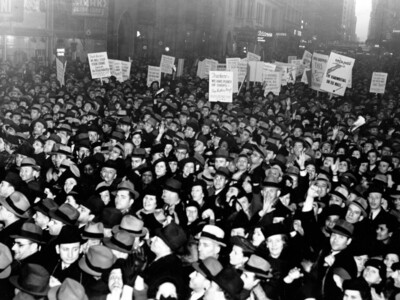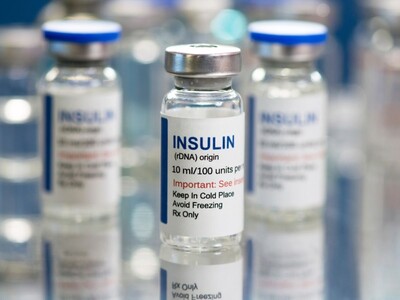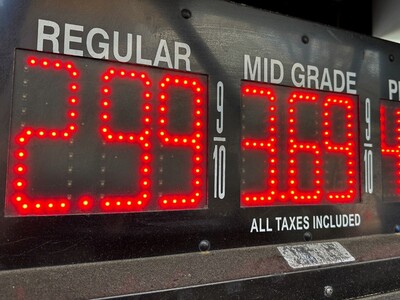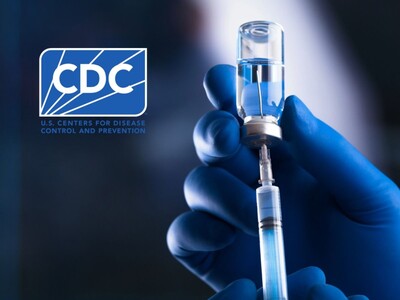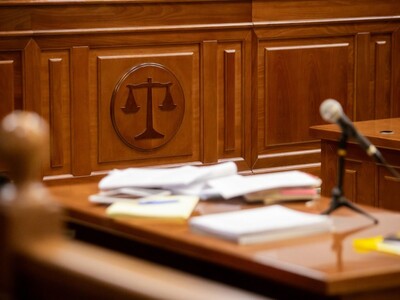Boating Safety: Fire Extinguishers and Fire Prevention
How to prepare for, prevent and extinguish a fire on your boat
A fire, anywhere, can be a scary thing. But on a boat, the fire may spread quickly, the only escape is to go is in the water and help may not readily available. It is best to be well prepared to prevent and extinguish a fire on your boat.
**Safe boating begins by making sure everyone on board is wearing their PFD/life jacket.**
Let’s start by discussing FIRE EXTINGUISHERS.
Make sure the proper, working fire extinguishers are onboard and readily available.
Check fire extinguishers regularly to be sure that gauges are free and the nozzle is clear.
In NJ, fire extinguishers MUST be carried on ALL motorboats that have one or more of the following conditions which make the boat of closed construction:
*Inboard engines
*Permanently installed fuel tanks
*Closed compartments under thwarts and seats where portable fuel tanks can be stored
*Double bottoms not sealed to the hull or are not filled with flotation materials
*Closed living spaces
*Closed stowage compartments where combustible or flammable materials are stored
Each fire extinguisher is classified by a letter and a roman numeral according to the type of fire it is expected to extinguish and the size of the extinguisher.
The letter indicates the type of fire the extinguisher can put out:
A: Fires of ordinary combustibles (paper, wood, cloth)
B: Flammable liquids (gasoline, oil, grease)
C: Electrical equipment (wiring, fuses, circuit breakers)
Fire extinguishers that are “U.L. Listed” are approved for marine use.
Extinguishers approved for motorboats are hand portable and either B-I or B-II classification.
Have fire extinguishers checked annually to ensure they are fully charged and in working order.
PREPARE for Fire Emergencies / PREVENT Fires on the Boat
Have a fire emergency plan, and practice it!
Make sure all passengers know how to use the fire extinguishers and communication devices
Install smoke and carbon monoxide detectors and alarms
Regularly inspect your boat’s bilge, keep it free of oil, grease and debris.
Check the fuel system (lines, connections, and vents) for leaks
Inspect wiring and repair and bare wires or loose connections to avoid the possibility of sparks
Store fuels topside where it is well ventilated.
Keep more than the required numbers and size of approved fire extinguishers readily accessible and mount them properly where you can get at them quickly and easily.
Practice safe fueling procedures:
Shut off all engines and electrical equipment
Make sure all open flames are extinguished
Do not smoke while fueling!
Close all hatches, windows, doors, ports to prevent fumes entering the boat
Ground the Nozzle by keeping the nozzle of the fuel pump hose in solid contact with the tank opening to prevent static electricity buildup and potential sparks.
Avoid overfilling so there’s room for the fuel to expand
Clean up any spills immediately and properly dispose of any used absorbent materials
After Fueling, check for any fuel vapors in the engine compartment and bilge area
After Fueling – Ventilate the boat, do a “sniff test” to check for any lingering fumes.
Start the boat, only after the boat is properly ventilated.
FIGHT / EXTINGUISH the Fire
Make sure everyone on the boat is wearing their life jacket and quickly get to a safe location away from the fire.
If possible, point the bow of the boat into the wind to make sure any smoke and fire are blowing away from you.
Take away the fuel of the fire. Shut off the fuel shut off switch/valve, if you have one. Three things make up a fire: fuel, oxygen and heat. Take away the fuel and you have a better chance of getting rid of the fire.
Grab the fire extinguisher and PASS – Pull the pin, Aim at the base of the fire, Squeeze the handle, Sweep side to side.
Call for help, a fire on the boat is a “Mayday’ situation! Use a distress signal or your marine radio to notify other boaters or emergency services that you need help.
Learn about fire safety and more at your NJ Boat Safety Certification class. In NJ, you are required to have a NJSP issued boat safety certificate to operate any powered vessel. You must take the approved course and pass the proctored exam. For a schedule of classes and exams, see www.BoatSafeUS.com
Extra Bonus – Take the class with Boat Safe US and be NASBLA Certified as well (you’ll be able to use your NJ boat safety certificate in other states!)
Learn from Capt Bob about Fire Safety: https://youtu.be/T_gWjQW0K48?si=ayb9lSdFGzNiR_CP
Boating Safety Certificate: In NJ, you are required to have a NJSP issued boat safety certificate to operate any powered vessel. You must take the approved course and pass the proctored exam. For a schedule of classes and exams, see www.BoatSafeUS.com
Extra Bonus – Take the class with Boat Safe US and be NASBLA Certified as well (you’ll be able to use your NJ boat safety certificate in other states!)
Read about PFDs / Life Jackets: https://www.boatsafeus.com/post/nj-boating-safety-life-jackets-and-other-pfds
Read about communication devices for your boat: https://www.boatsafeus.com/post/boating-in-nj-importance-of-communication-devices-on-the-water
See the US Fire Administration for more information regarding fire safety: Boat and Marina Fire Safety

